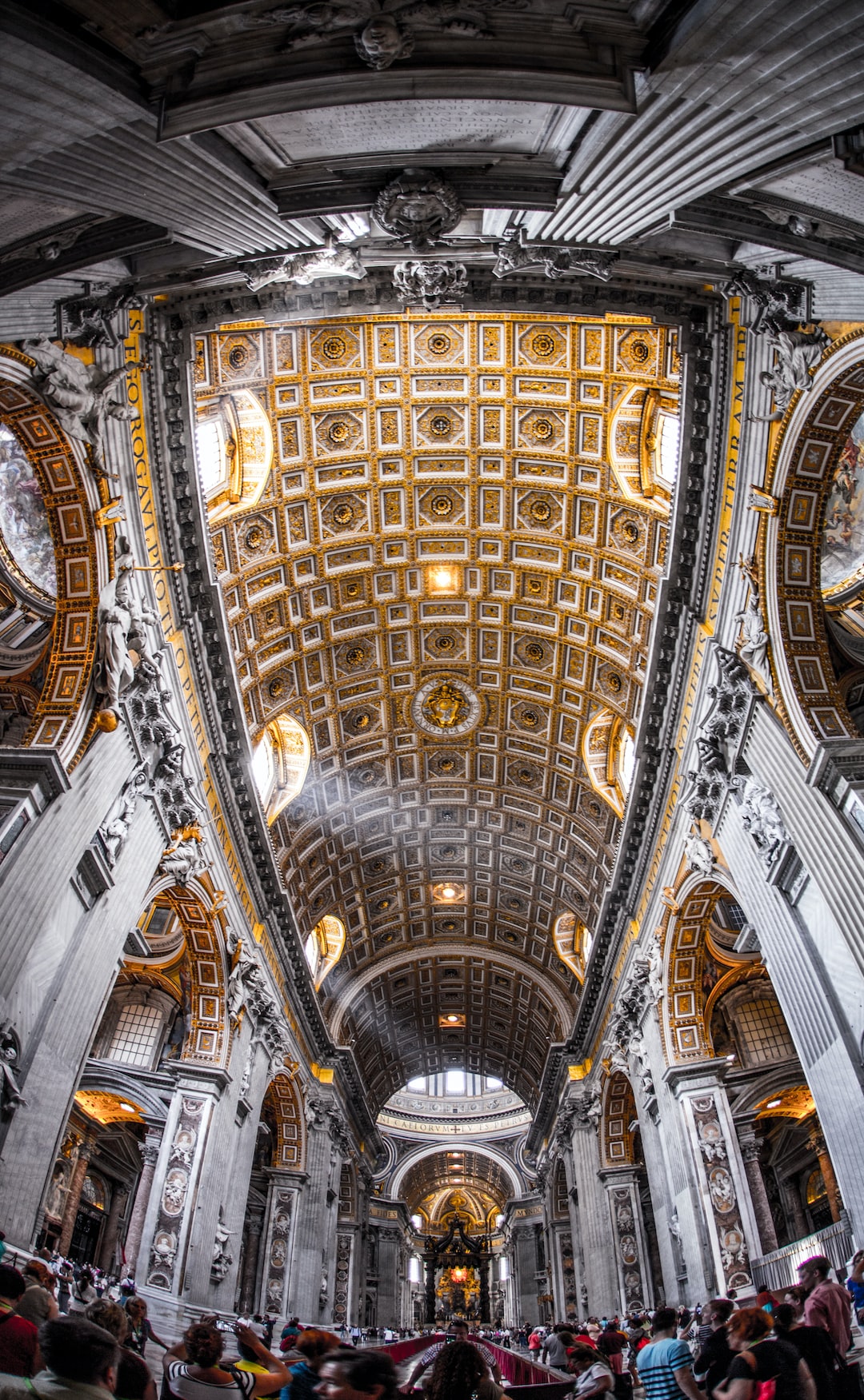Pablo Picasso is considered one of the most influential artists of the 20th century. Known for his groundbreaking style, his artistic vision continues to inspire and challenge artists around the globe. Let us explore his artistic vision and how it influenced the art world.
Picasso’s artistic vision was influenced by various artistic styles, including Cubism and Surrealism. He believed that art should reflect the emotions and experiences of the artist, rather than simply representing the external world. This approach to art has become a defining characteristic of modern art.
His early years as an artist were influenced by the traditional Spanish art of the time, as well as the French Impressionist and Post-Impressionist movements. He became interested in the art movements of his time, including the avant-garde art that was being created in the Montparnasse district of Paris.
One of the most significant contributions Picasso made to the art world was his creation of Cubism. This movement, which he developed with Georges Braque, transformed the way people looked at art. Cubism was characterized by its abstraction of forms and its simultaneous depiction of multiple viewpoints. Picasso’s Cubist paintings are famous for their flat planes of color, geometric shapes, and fragmented forms.
Another aspect of Picasso’s artistic vision arose from his interest in Surrealism. He was fascinated by the surrealists’ exploration of the subconscious mind and the dream world. He began incorporating surrealist techniques in his art, such as the use of collages and the juxtaposition of disparate images.
Picasso experimented with many different techniques and mediums throughout his life, from oil paint to collage to sculpture. His artwork was constantly evolving, and he never shied away from pushing the boundaries of artistic convention.
Picasso’s artistic vision had a profound impact on the art world. His work challenged traditional ideas about form, composition, and subject matter. His creations opened up new possibilities for artists, both in terms of technique and content.
Picasso’s art also had an impact on popular culture. His iconic images, such as the distorted faces in his Cubist paintings and the colorful figures in his later work, have become recognizable symbols of modern art. His influence can be seen in everything from fashion to advertising to film.
In conclusion, Pablo Picasso was an artist who pushed the boundaries of art and who revolutionized the way art was seen and created. His artistic vision was shaped by his interest in a variety of artistic movements, and his work continues to be a source of inspiration for artists around the world. Through his art, Picasso showed that art was not just a way of representing the external world, but that it was also a way to explore one’s own psyche and emotions. His legacy has left an indelible mark on the art world and will continue to inspire generations to come.

